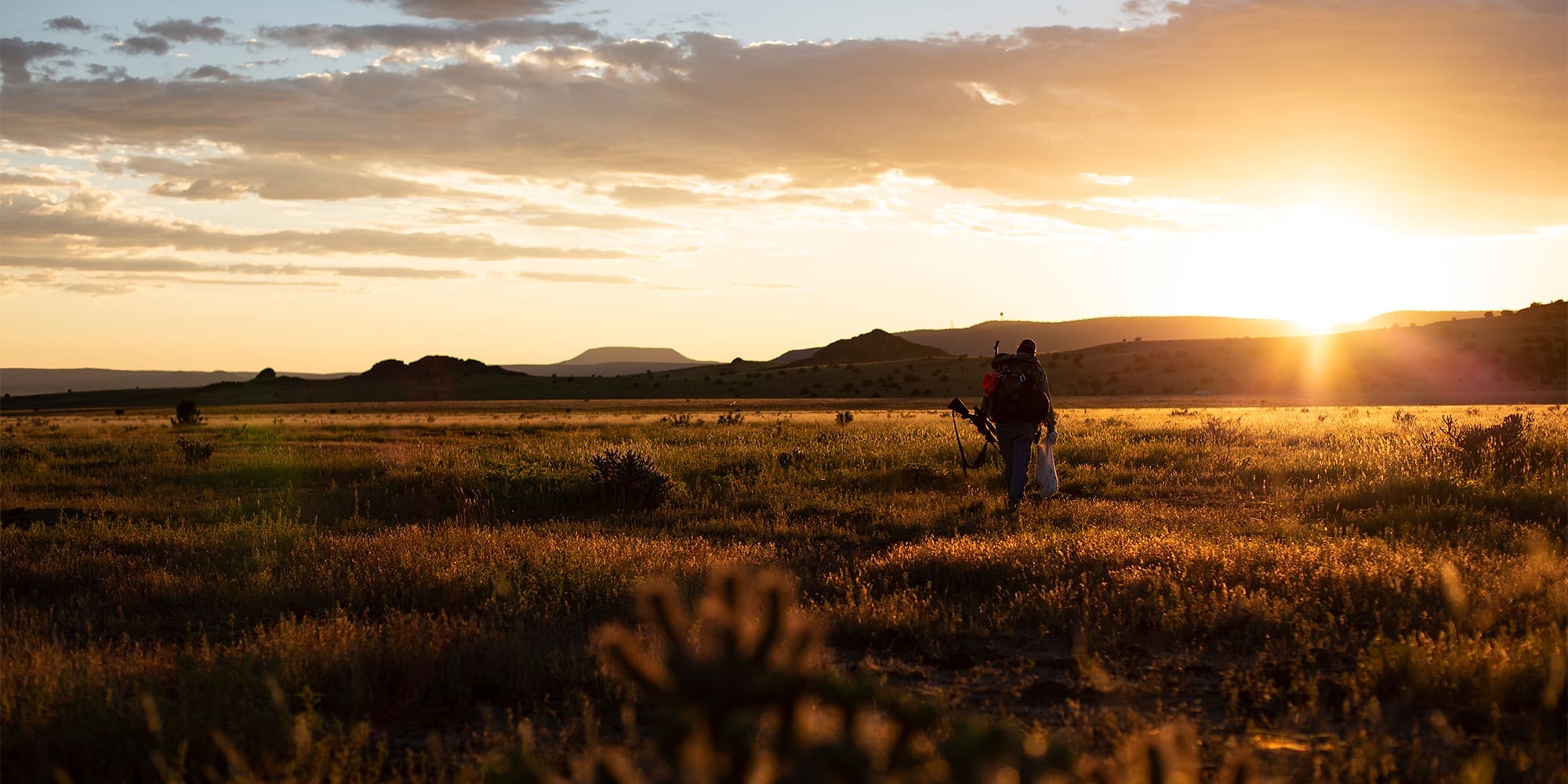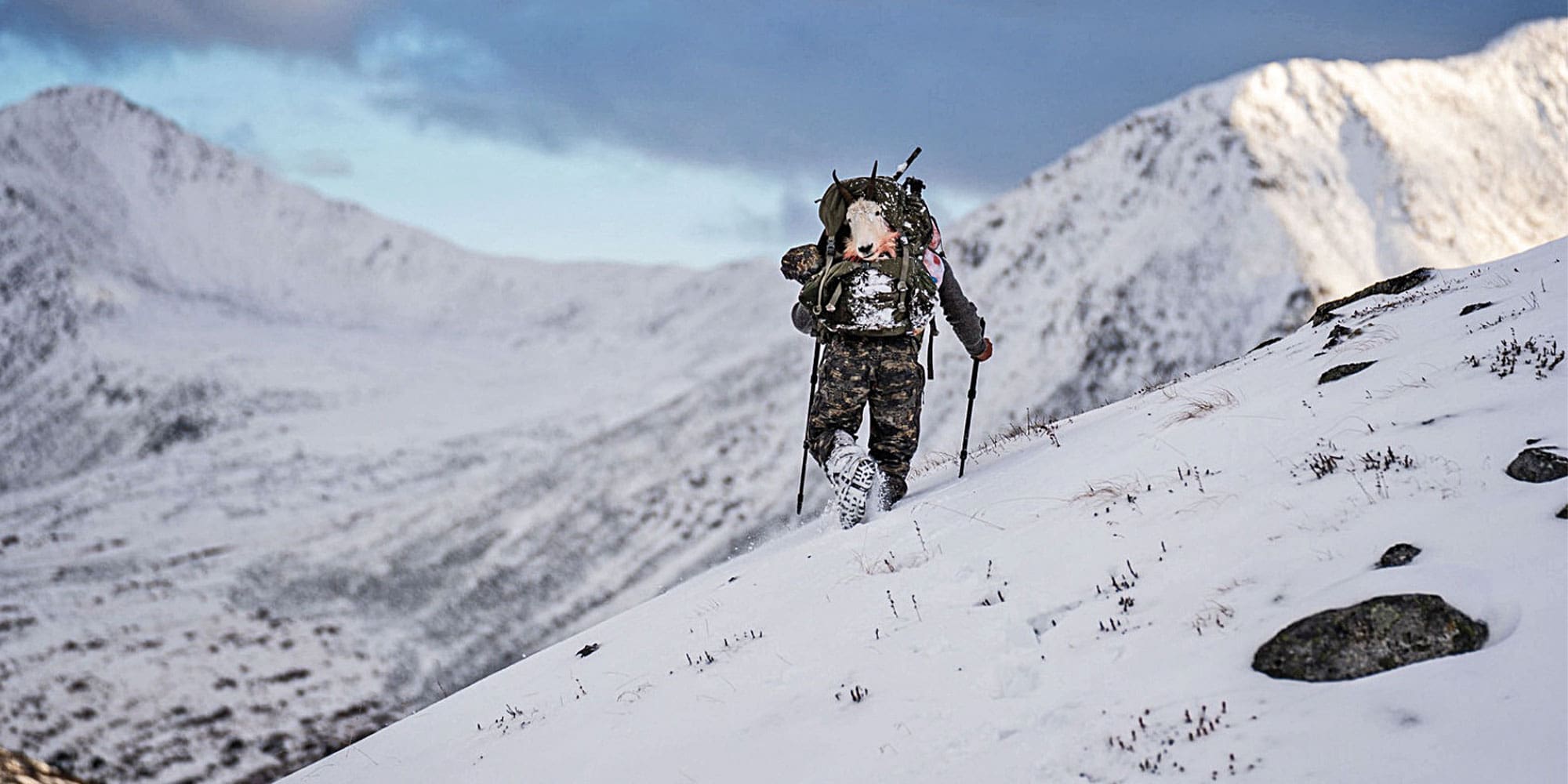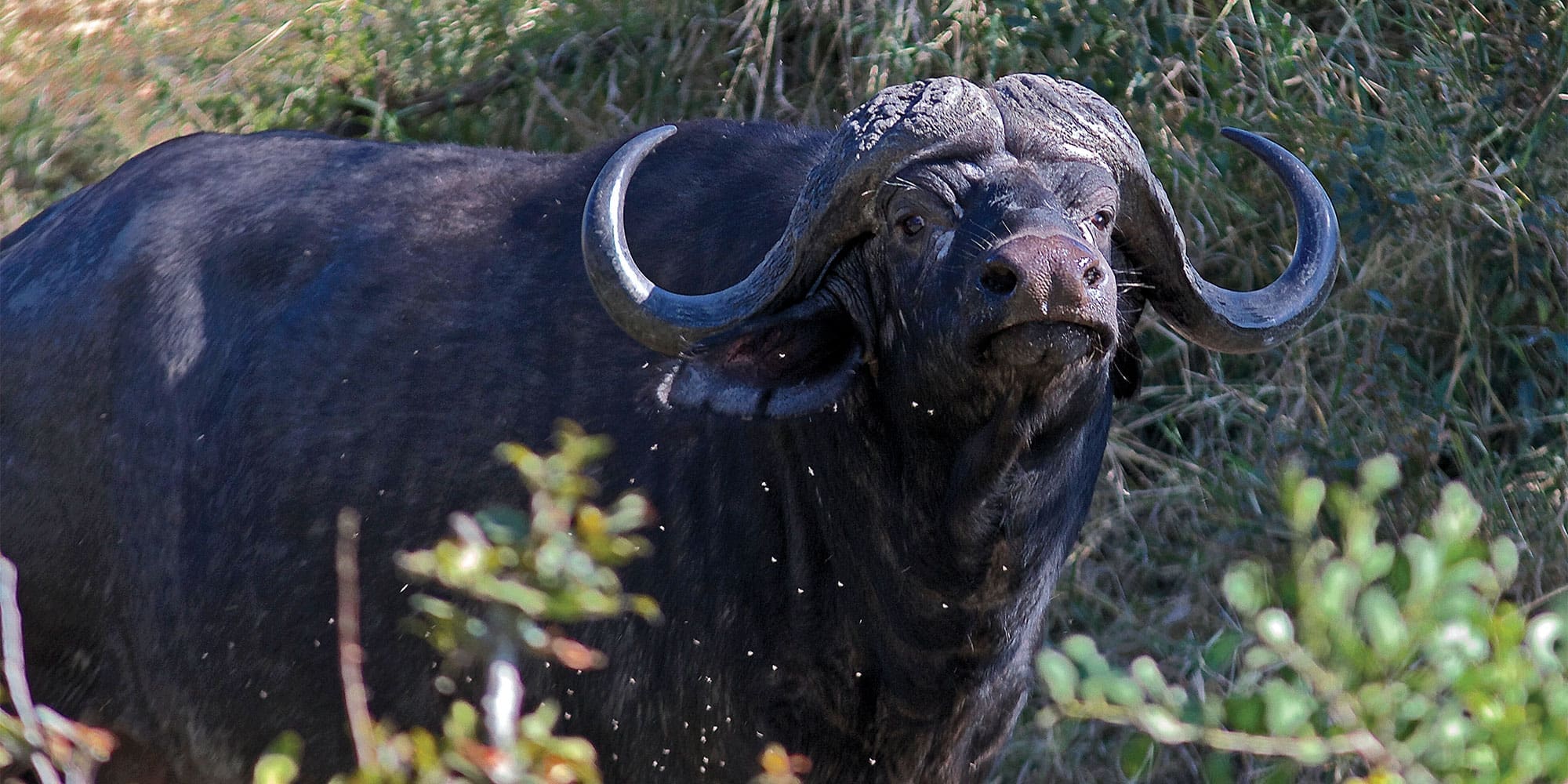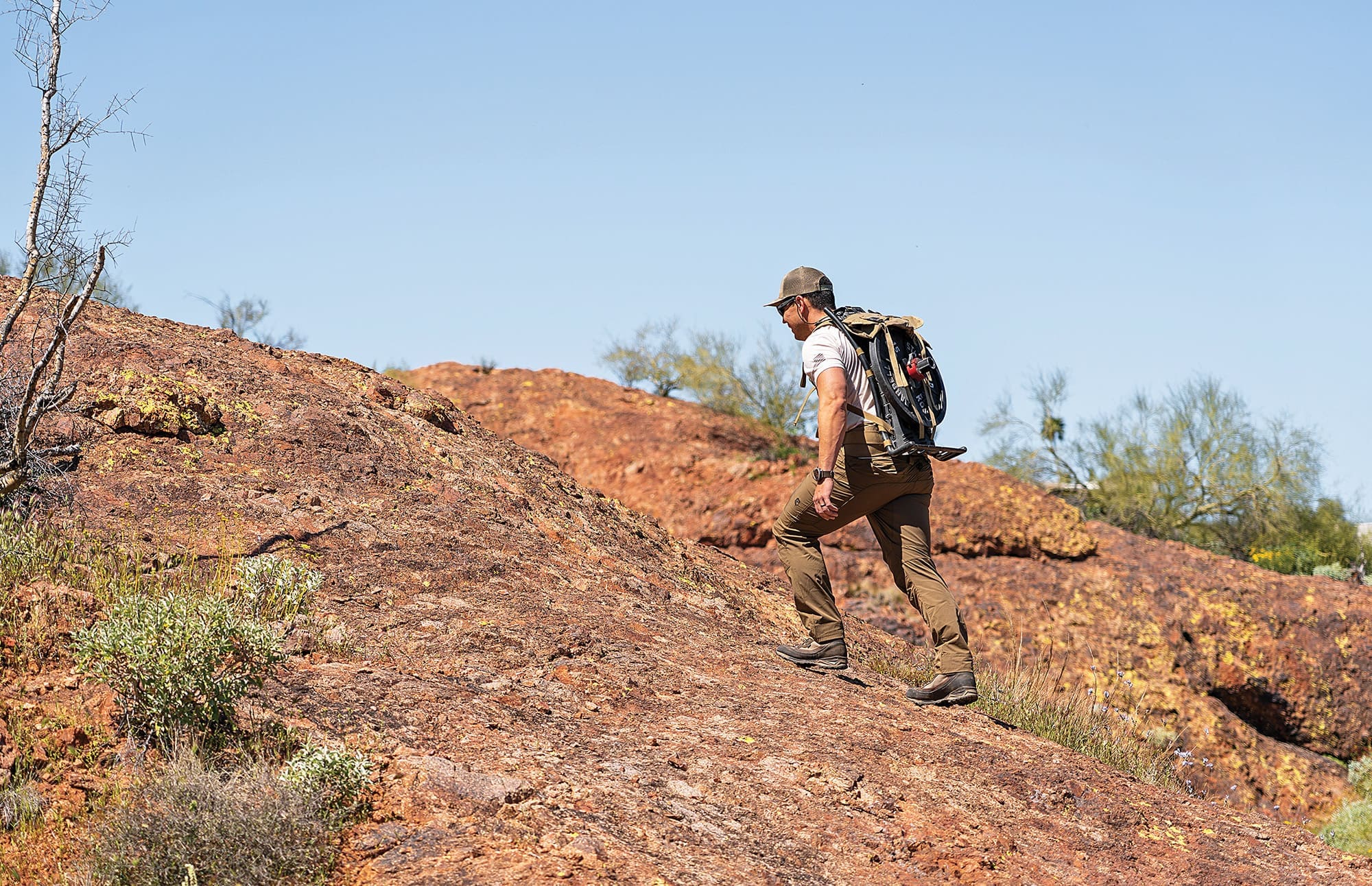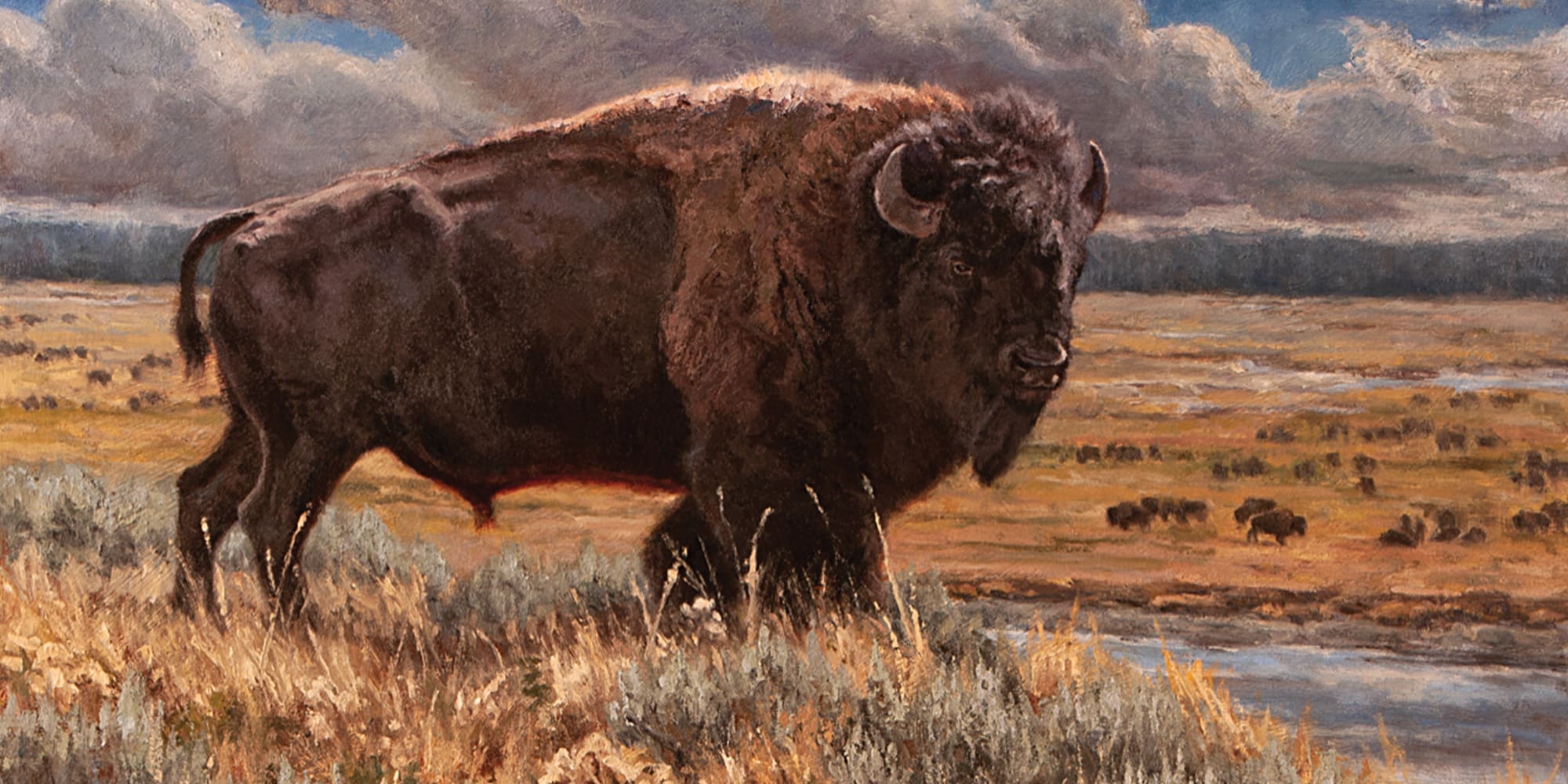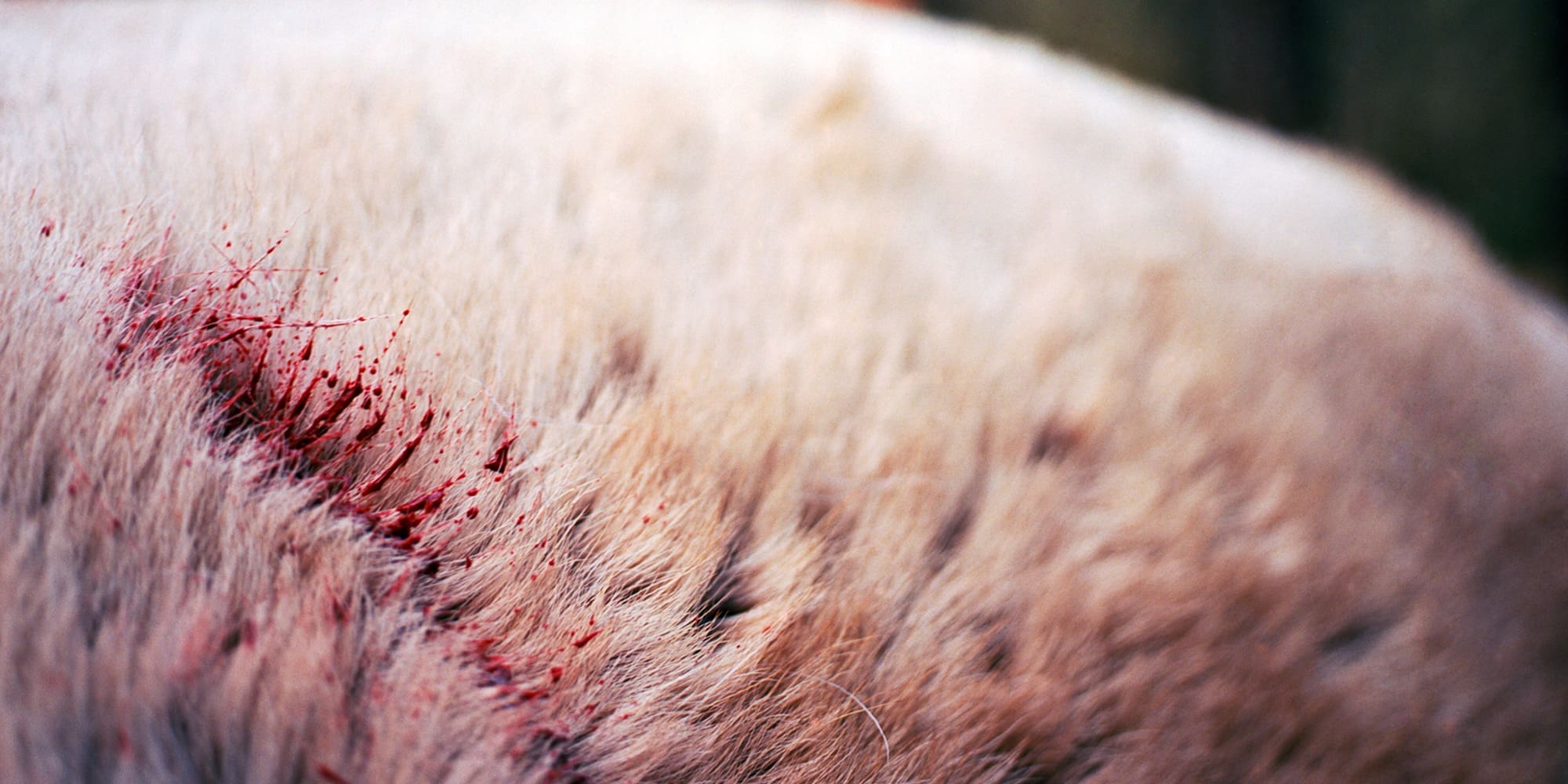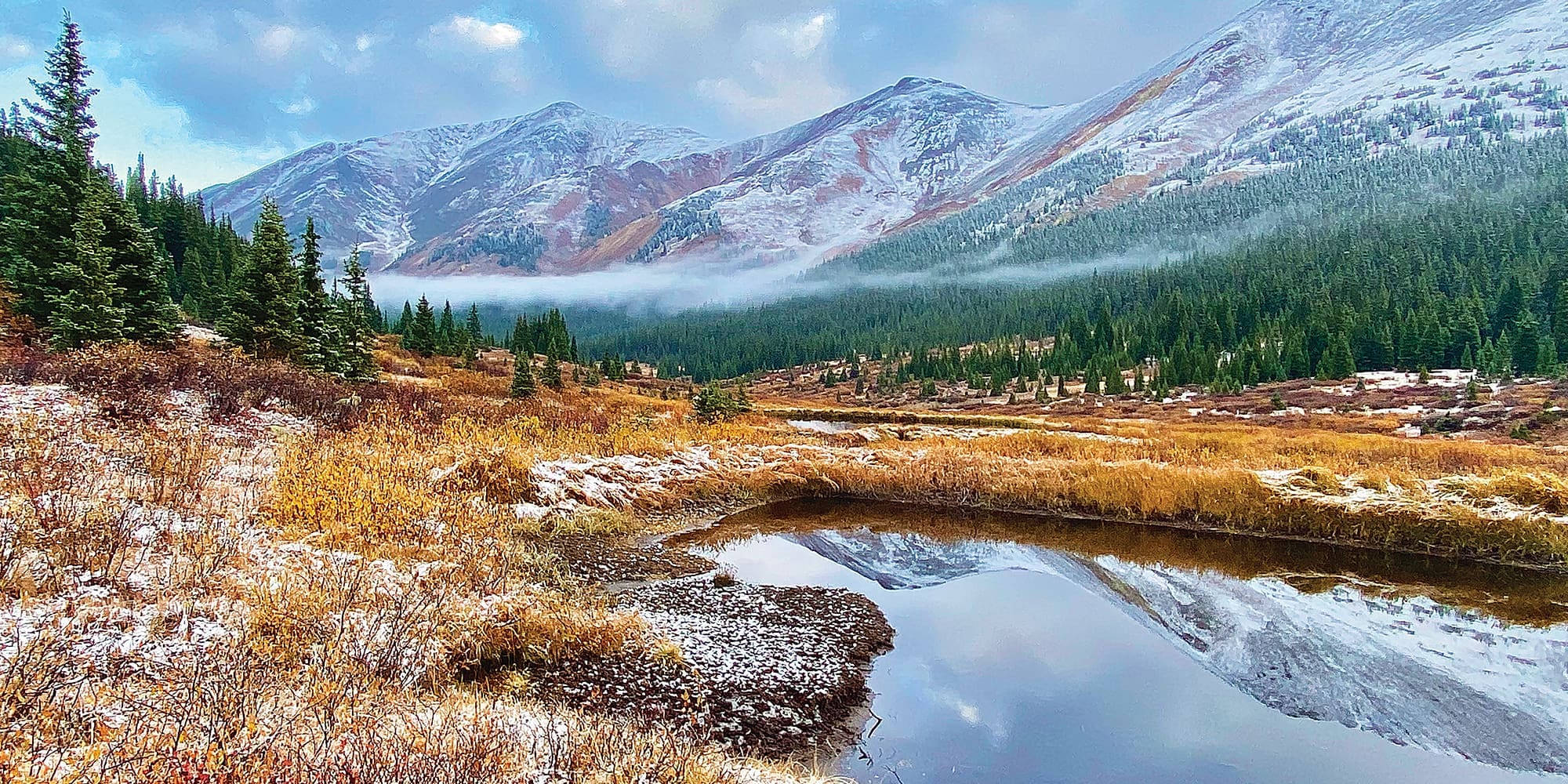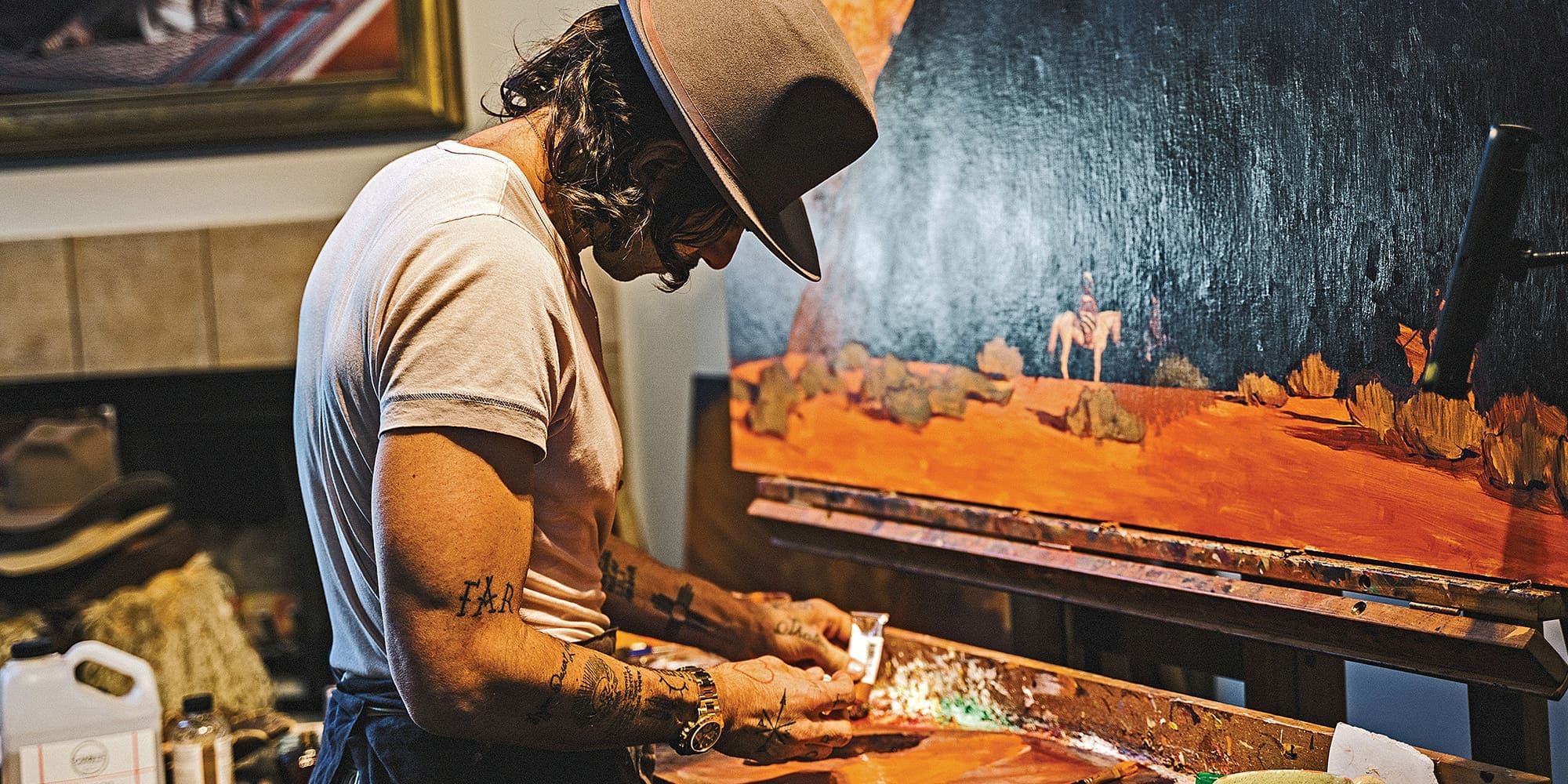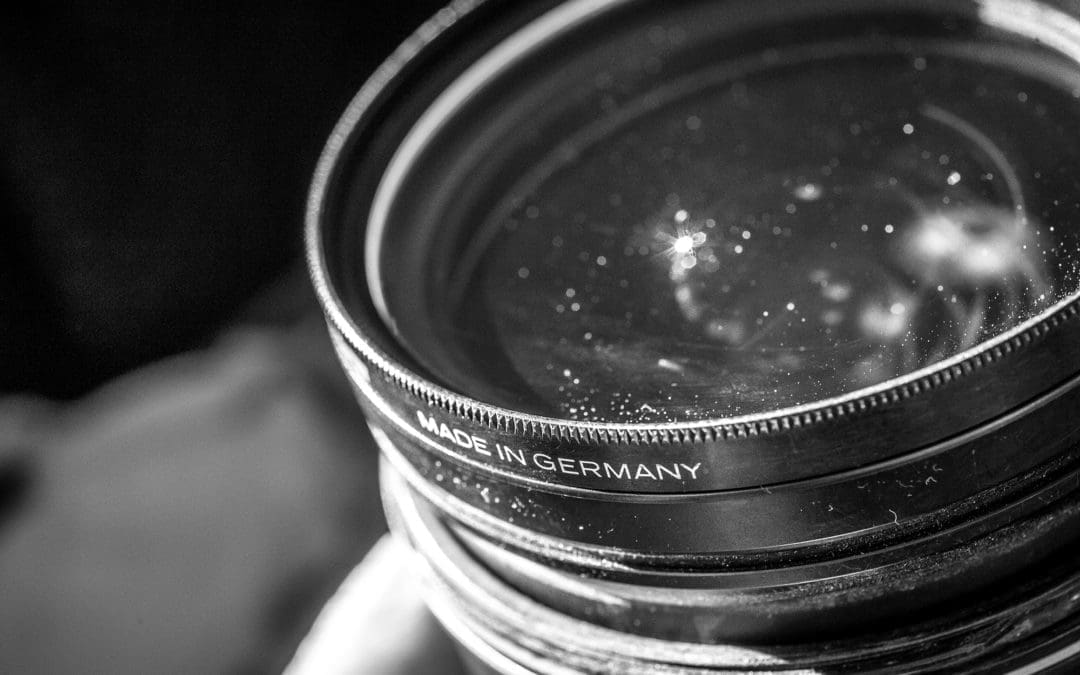
NOTICE: Certain links on this post may earn a commission for Western Hunter Magazine from Amazon or our other affiliate partners when you make a purchase. Thank you for your support.
Lens Selection for Hunting Photography
To capture unforgettable images, a great lens is at least as important as the camera body.
A few years ago, good friend and fellow photographer, Rod Sinclair, and I went to photograph black bears. Rod was driving (photo strategy: make sure to have your friends drive, giving you more time to shoot while they park the rig).
We stopped to photograph a small black bear, and as I stepped out, my lens and camera fell to the ground. Luckily, a Really Right Stuff camera bracket was on the camera body, saving it from certain disaster. The lens, however, didn’t fare as well.
The $6000 lens was finished - at least for this trip. Later, I sent it to Nikon for repair under my Nikon Professional Photography membership (a program for full-time photographers). A couple days later, Nikon said the lens couldn’t be fixed timely, so they offered me a brand new one for the price of the repair. For $500, a new lens was soon on my doorstep. Sometimes brand loyalty overrides “savings” you may receive with third-party gear.
In the Summer issue of WHM, I outlined my thoughts on camera buying. The starting point for lens buying is similar. Start by thinking about what you want to photograph, followed by what you intend to do with the images. Making images that you can print, share, and even sell as prints likely won’t require the same quality standards as magazine cover images.
Without getting too drawn into the minutia of lens specifications, I’ll give you general principles to consider. This should help you with your buying decisions and save you some time and money.
In General
For every DSLR camera body, there are numerous possibly lenses. Manufacturers like Canon, Nikon, and Sigma make dozens of lenses.
Lenses made by one company that fit another company's camera are called “third-party” lenses. Companies like Sigma, Tokina, Tamron, Rokinon, and even Zeiss and Leica are all third-party lens manufacturers. Nikon and Canon lenses can be used on other bodies, but not without a lens coupler. Personally, I’ve never used one.
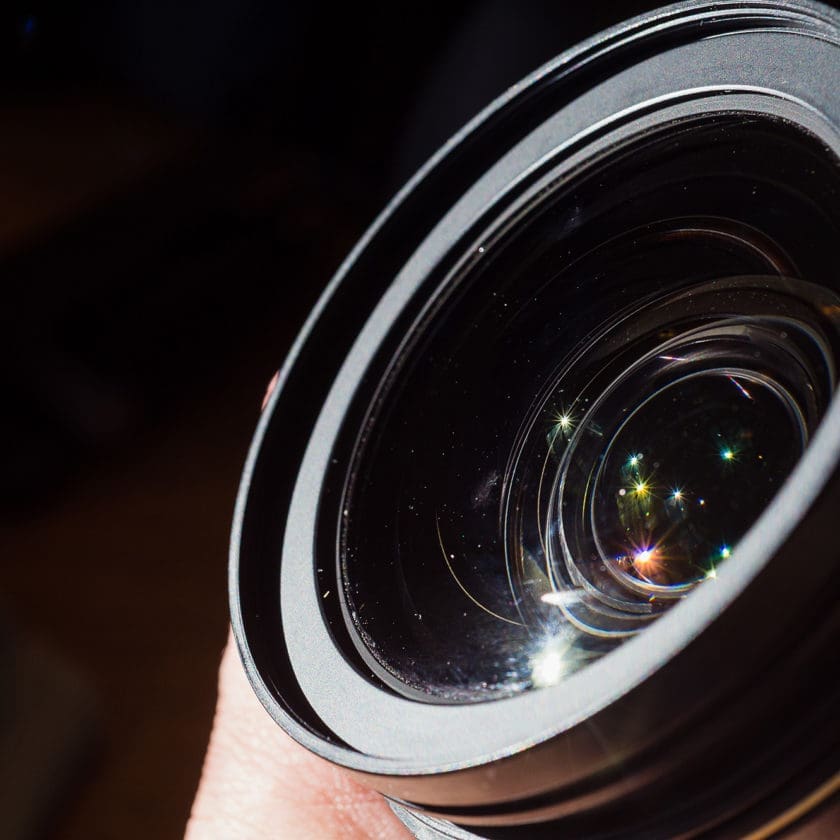
All of the major camera brands produce similar lenses, with some variation. Nikon and Canon have an almost identical lineup, although there are differences.
Modern digital lenses are arguably better than their predecessors. They generally operate better, have improved glass coatings, better optics, and are made from lighter materials. They are also often more affordable than in years past.
Today, variable aperture zoom lenses have gotten much better, but as a rule, they still aren’t as sharp as primes (lenses with no zoom). However, zoom lenses are more practical for most photographers.
Canon or Nikon - Which is Better?
One main reason I shoot Nikon - and the reason you should consider it - is the enormous lens selection. I started in photography using film and manual-focus lenses. When the digital revolution began, I stuck with Nikon over Canon so I could use their lenses.
Nikon uses the same lens mount on its DSLR cameras as it did on its film cameras. This means the old lenses will work on new Nikon digital bodies; not the case with Canon. Either system can produce outstanding images, but Nikon provides more lens options.
Lenses
Lenses are the best investment you can make when building a camera package (they also hold their resale value better than camera bodies). The higher the price usually means the better the product, but you may not need a professional-grade workhorse lens. Something less expensive may work just fine.
I’ll focus on the main lens types and the ones I use. There simply isn’t room to cover all high-end specialty lenses, as it would take up more than this entire magazine.
Primes vs. Zooms:
Prime lenses have fewer lens elements; therefore they’re capable of producing more accurate images. In contrast, zooms have more elements, which equals more distortion, less sharpness and contrast, and less accurate colors.
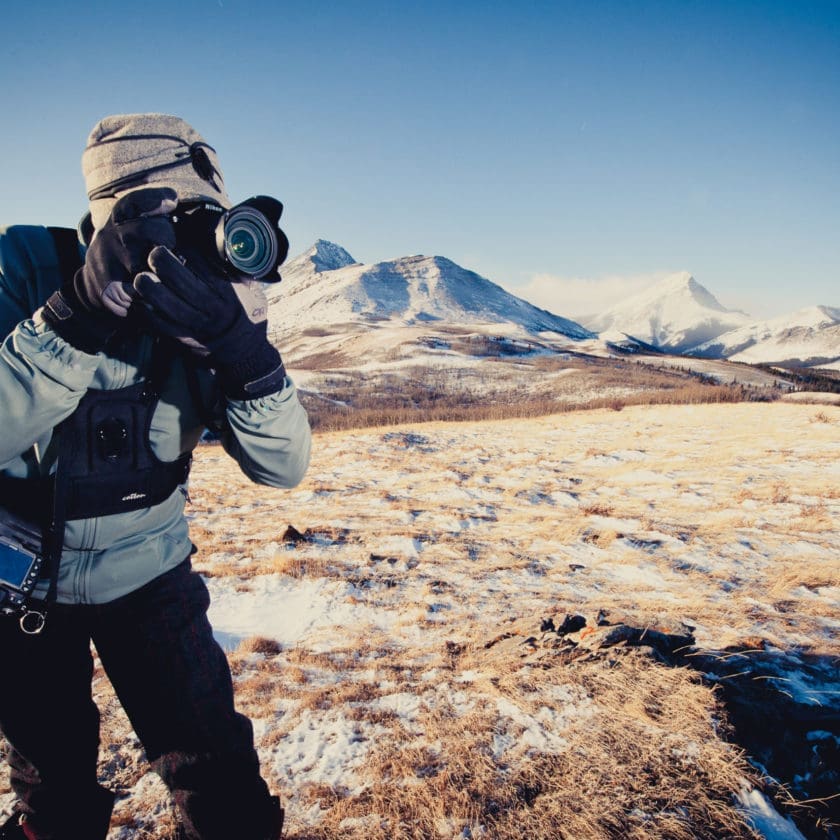
Sensor Size:
Your lens must match your camera’s sensor size. There are lenses made specifically for crop-sensor cameras. In most cases, the longer telephoto prime lens (300mm and above) and some medium range to long tele zooms, are made specifically to fit full-frame cameras. Lenses made for full frames will work well on crop-sensor cameras, but normally we don't put crop lenses on full frame bodies.
Some Nikon bodies do have a crop-sensor setting to allow the use of crop lenses. You’ll have full-frame lenses forever, even if you currently shoot a crop sensor camera, because should you ever upgrade to a full frame, your lenses will be compatible.
Build Quality:
Raw materials, craftsmanship, and quality control results in how well and for how long it will work. Higher-priced prime and zoom lenses cost more because they're made better, which means they’ll work better, last longer, and maintain integrity after years of heavy use.
Third-Party Lenses
We often see Sigma, Tamron and Tokina producing a third-party alternative well after the release of the manufacturer’s lens, usually at a lower price point. These lenses are suitable for light use, but in my experience, they won’t hold up as well against constant use for extended periods.
The reason to go with a third-party lens is if the major brands don't make the lens you need. A good example is the Sigma 120-300mm f2.8 zoom lens. When it works properly, it’s an outstanding choice. No other lens that I’m aware of can do what this lens can. Canon and Nikon never produced one, but they should have. It’s that cool!
Sigma also makes a new line of lenses call the “art” line. They are remarkably sharp and accurate, and some are much cheaper than the similar lens made by Nikon or Canon. The downside is, at the time of this writing, “art” lenses aren’t weatherproof - they lack rubber seals that guard against moisture! So, if you’re going outside with these lenses, consider the weather or you’ll be buying not just a new lens, but also a new camera body!
An under-evaluated element of owning quality lenses is quality control and manufacturer support. It’s hard to overstate this value.
Buying:
Buy genuine products made for the U.S. Market - don't buy gray market equipment.
Buy manufacturer lenses over third party unless a third party makes a lens that your camera manufacturer doesn’t make (Sigma 120-300mm f 2.8 for example).
Fixed aperture lenses generally produce better images.
Use a clear filter to protect the front glass element. You can remove it for specific shots.
Don't use teleconverters unless you have to.
You can’t fake, create, or somehow hammer out sharpness from a file that’s soft due to inferior quality lenses.
Cheaper lenses can’t resolve to the level of today’s superior sensors. So, if you have a new camera body with a large sensor, you have to match it up with quality glass. If you don't, it would be like putting fixed iron sights on a long-range rifle.
Most third-party manufacturers won’t provide support after only a few years. I’ve experienced this with Sigma on several occasions.
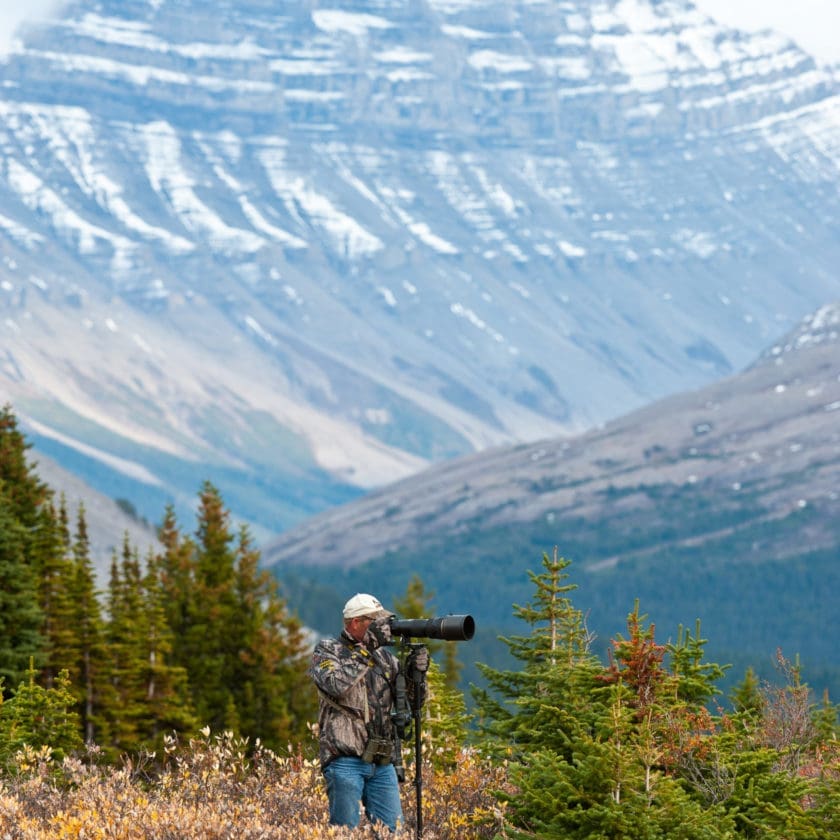
Key Considerations
Don’t convince yourself that you can take an inferior lens and make it work for cover quality images - you can’t. I’ve watched it over and over again. The email always goes something like this, “Tony, you were right. That $300 lens is a $300 paperweight.” Buy the right lens the first time.
Fortunately, it’s not all about price. You can still learn a lot with a cheaper lens, particularly if you can't afford more. If you’re not sure where your photography ambitions might lead you, go with mid range or buy used. I moved up from the consumer to prosumer and then into the professional grade. Today, I’d say skip the consumer grade “kit” lenses and buy directly into the prosumer lens. Some are good enough to produce professional quality results!
So, why do pros spend so much more if a prosumer-grade lens can produce great results? Among the factors are build quality and tolerances. They last longer and can handle more rugged daily use. They also offer faster focus and have superior lens elements. The professional lenses, usually in the f1.4, 2.8 and f4 aperture, also gather more light, meaning you can shoot them in lower light conditions.
Buying used:
Great idea; just do your homework. You can find some fantastic deals. Ebay, Craigslist, and Adorama all are good resources. Make sure to ask about haze, mold, fungus, chips, or any other damage.
Rental:
Renting lenses can also be an option. I’ve had good luck here. Check with your local dealer in a larger city. They may have some great lenses for rent. For the rest of us, I’d recommend Borrowlenses. They have both and east and west coast locations.
Selecting the right lens:
Simply put, the right lens is the one that does what you need it to. In general, longer telephoto lenses are the choice of wildlife and bird photographers. Birders can never have enough focal length.
For larger animals, the 300-500mm range seems to be about the best compromise. For outdoor photographers, 300mm is the long end, but I’ve seen a lot of great landscapes shot with longer telephoto lenses, too.
If you primarily photograph things like people, camping, hunting, hiking, or you think you really just need a “walk around” lens, the middle-range zooms are the best option.
Keep in mind that primes are always sharper and faster focusing than zooms. Larger aperture primes also allow more light to enter, making them better for lowlight and night photography. They are more expensive, but they produce sharper, more accurate image files and are the choice of most professional wildlife and outdoor photographers.




